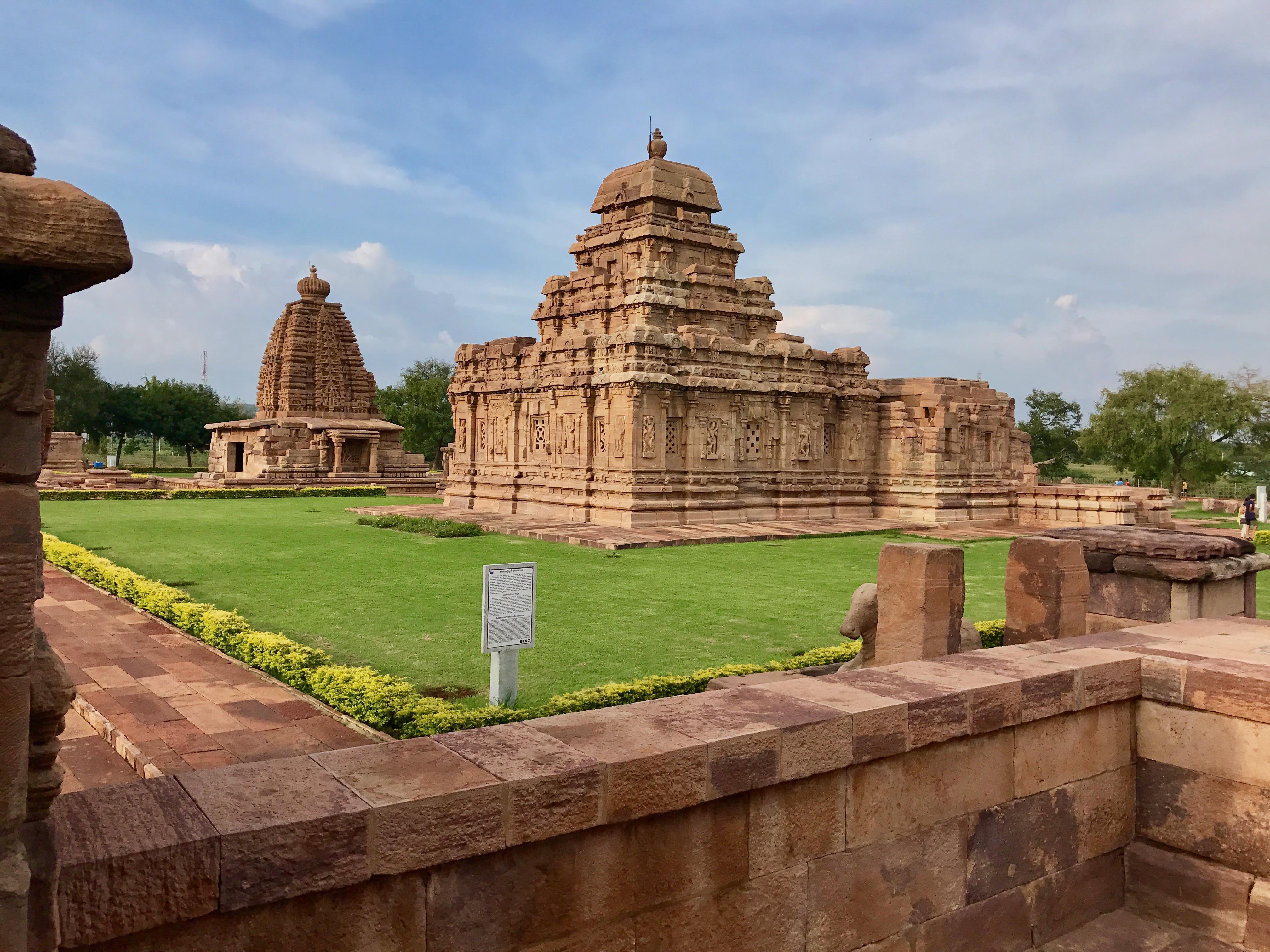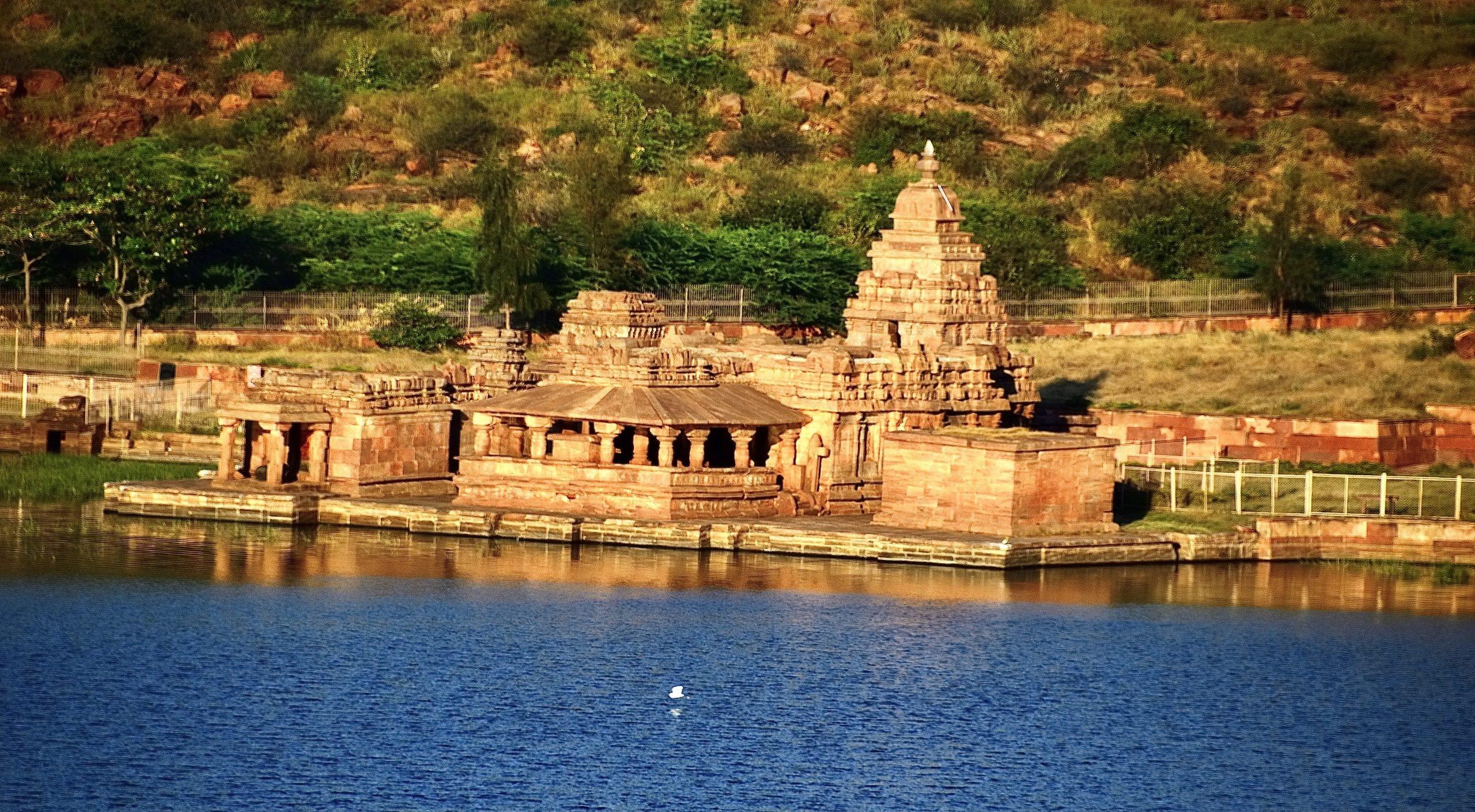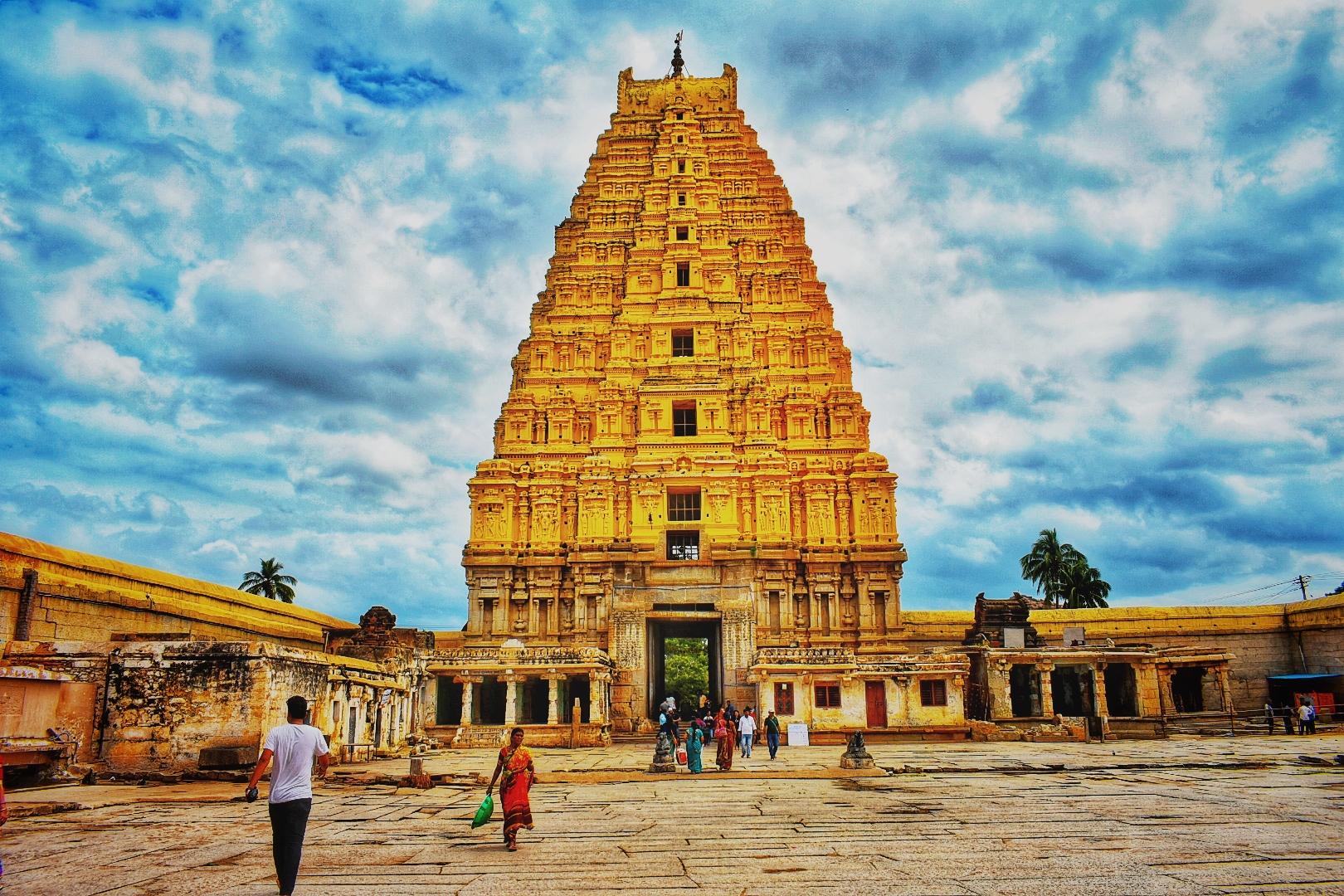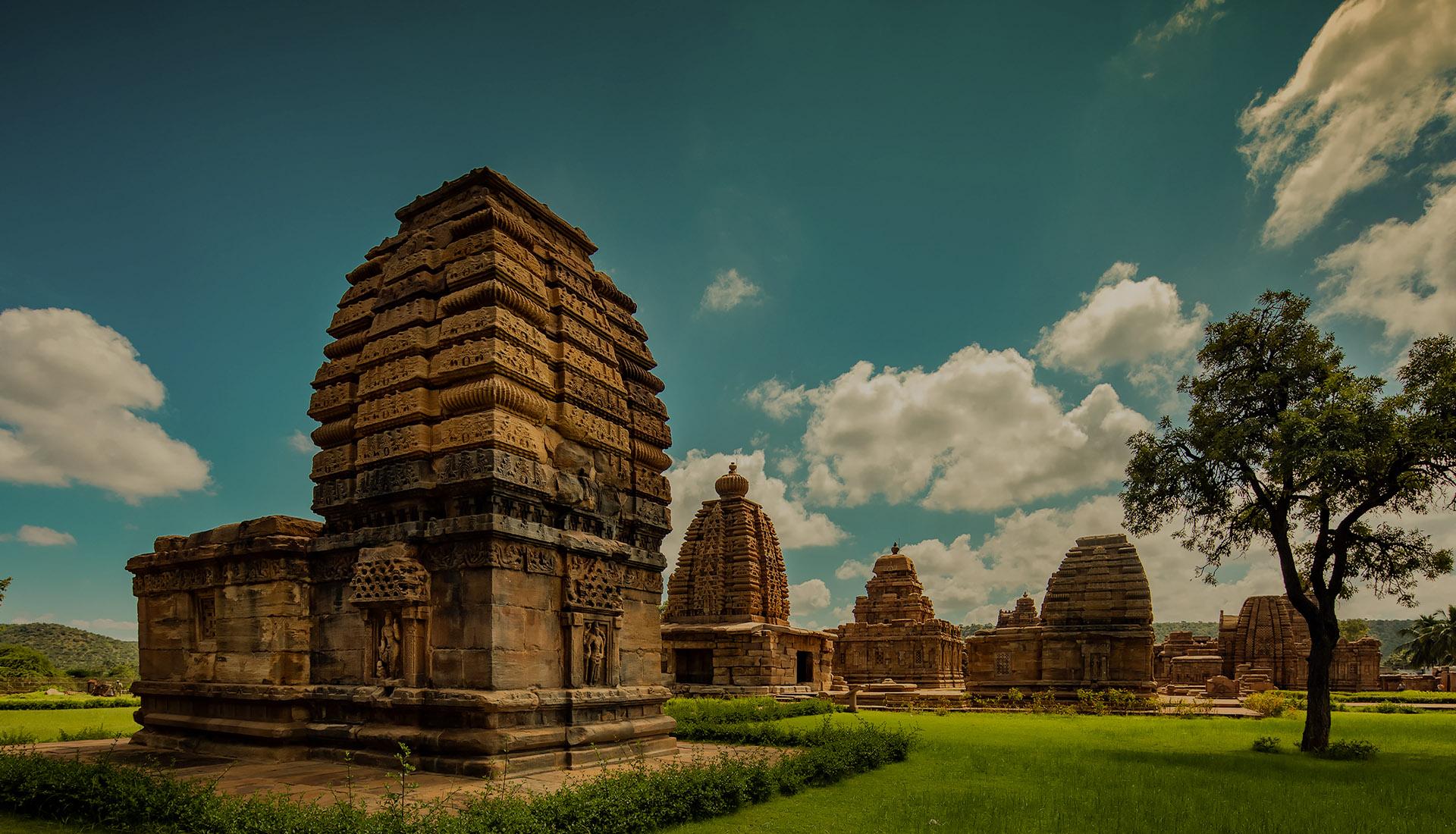Karnataka
“One state, many worlds” – with its rich cultural, religious and natural heritage, Karnataka embodies this phrase the way no other region can. Home to some of the oldest towns and kingdoms in the country, the splendor of Karnataka shines through even in the centuries-old ruins left behind today. From the social and spiritual reforms of saints to the grandeur of temples and palaces built by dynasties of the past to the lush evergreen forests in which tigers and elephants roam, the resplendent history of Karnataka is dotted with fascinating stories – stories that are now narrated by the beautiful places we can travel to and experience.
Northern Karnataka Circuit
Karnataka, as the tagline says ‘One state Many Worlds’ is a perfect destination for every traveller. The remarkable heritage and history of the state attract history lovers, travellers, students, and all those who admire the magnificent architecture of the times. The Northern Karnataka sector has always been very special in terms of tourism because of the presence of UNESCO Heritage sites. Badami – Aihole- Pattadakal – Hampi is on a must-to-do list for every tourist visiting Karnataka.
Located in the heart of Vijayanagara District, which once was the capital of the Vijayanagara Empire, Hampi was its capital. Vijayanagara was part of Deccan (now Hyderabad) and dominated all of Southern India and was probably the strongest empire in the Indian subcontinent. Vijayanagara Empire is considered to have been a golden age of culture and learning.
A 4 days itinerary can be planned to keep in mind the distance travelled from Bangalore. One day each at Aihole- Pattadakal, Hampi, and Badami is enough. But if you wish to study the heritage sites deeper, you can choose to stay a little longer.
Day 1
Hampi
The iconic Chariot, the image of which can be seen on a 50 rupee note in Indian Currency, needs no introduction. A vast area of ruins, a live temple, a Lotus temple, and many more heritage sites in the compound makes Hampi the most visited monument in Karnataka. The glorious capital of the Vijayanagara Empire, Hampi is a UNESCO World Heritage site. A must-do destination, Hampi is famous for its historic significance, heritage, temples, ruins, and exquisite craftsmanship. The major attractions at Hampi include Virupaksha Temple, Ugranarsimha Vigraha, Lotus Palace, Hampi Bazaar, Vittala Temple, and much more. The 7th century Virupaksha Temple dedicated to Lord Shiva with a gigantic Gopuram is the highlight of Hampi. The temple is still active and the pilgrims offer prayers to their deity. The other attractions include Sasive Kalu Ganesha, Kadale Kalu Ganesha, Anegundi, Vijaya Vittala Temple, and Atal Bihari Vajpayee Zoological Park. Spend some time at Hampi to understand and study the ruins of Hampi and its glorious historical past.
Stay Options
More InformationDay 2
Aihole
The next nearest destination to be planned can be Aihole. Just 140 km away from Hampi, Aihole takes about 2 and a half hours to reach by road. A cluster of around 120 temples from the 4th century AD, Aihole is a historic site along the Malaprabha river valley in Northern Karnataka. Aihole is a delight to visit for those interested in history, archaeology, architecture, heritage, and ancient temples. The most popular and the face of Aihole is the Durga Temple. A cluster of temples mainly comprises Hindu, Jain, and Buddhist temples. The Durga temple complex also has an art gallery and an archaeological Museum which should not be missed. There is a collection of exquisite antiques excavated from the region. Contrary to its name, Lad Khan Temple showcases the iconography from Shaiva, Vaishnava, and Shakti or Durga traditions of Hinduism. Also known as the ‘cradle of Indian Rock Architecture’, Aihole was the first capital of Chalukyas, who ruled the north Karnataka region. The temples are now being conserved and protected by the Archaeology Survey of India. A 6th-century rock-cut Ravana Phadi Cave that houses Shiva and Parvathi is another attraction not to be missed. The caves consist of intricate craftsmanship featuring Lord Shiva, Parvathi, Ganesha, and Lord Vishnu. The other famous temples are Garudagudi, Chakragudi, Ambigaragudi, Rachigudi, Kuntigudi, Hallibasappa Gudi, Badigargudi, Trimbakeshwar temple, Mallikarjuna Temple, and Jyotirlinga Temple.
Stay Options
More InformationDay 3
Pattadakal
Just 13 km away from Aihole Pattadakal takes about 20 minutes to reach. A UNESCO World Heritage site from the 7th and 8th centuries consist of Hindu and Jain temples. Unique craftsmanship depicts both the North and South Indian styles of architecture. Chalukyas used Pattadakal for coronation ceremonies. One of the main attractions at Pattadakal is Virupaksha Temple. Constructed by queen Lokamahadevi in the 8th century AD to celebrate her husband and King Vikramaditya’s victory over Pallavas. Unparalleled craftsmanship at Virupaksha temple showcases the sculptures of Ugra Narshimha and Nataraja. The other popular temples in the complex are Papanatha temple, Galaganatha Temple, Sangameshwara temple, Chandrashekara temple, Kashi Vishwanath Temple, Mallikarjuna Temple, Jambu Lingeshwara Temple, and Kadasiddeshwar Temple. One of the most attractive events at Pattadakal is the Pattadakal Festival. A mesmerizing amalgamation of music and dance with Pattadakal temples in the backdrop makes the festival a visual treat for the spectators.
Stay Options
More InformationDay 4
Badami
Formerly known as Vatapi and serving as the capital of Chalukyas, Badami was constructed between the 6th and 8th centuries. Located in the district Bagalkote headquarters, Badami invites tourists, travellers, researchers, and all those who love history and heritage for its sandstone cave temples and carvings. Badami cave temple complex is home to a Jain temple and three Hindu temples. The caves at Badami are based on themes depicting, Tandava Dance by lord Shiva, Lord Vishnu, and his carnations. The stunning and mesmerizing backdrop of Agastya Lake and cave temple landscapes, these monuments are of great historical importance and invite photography enthusiasts. Another attraction not to be missed near Badami is the Bhutanatha temple complex. Just a kilometre away from the main Badami cave temples, these clusters of sandstone shrines were built over a period from the 7th to 11th century AD.










